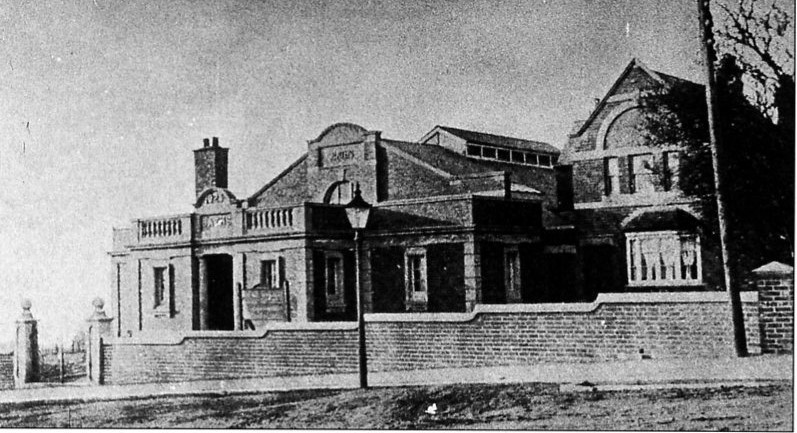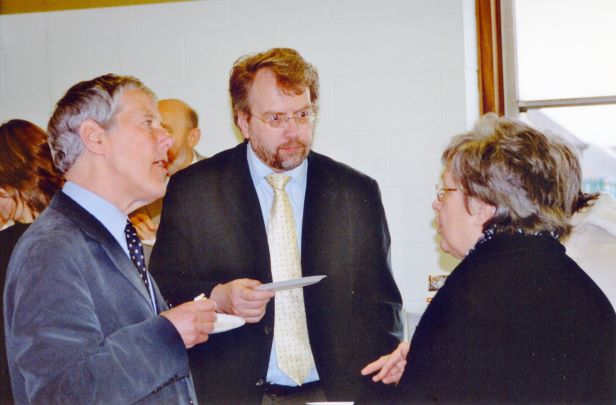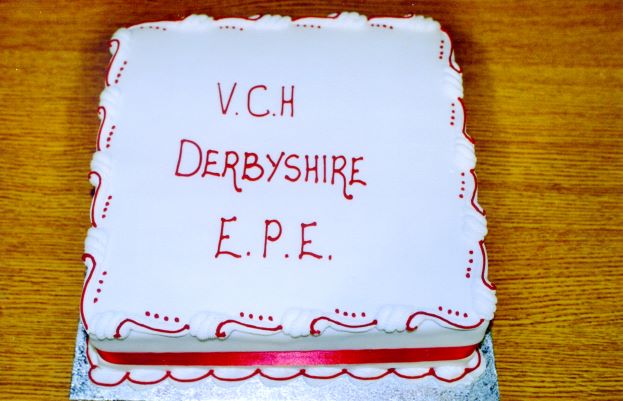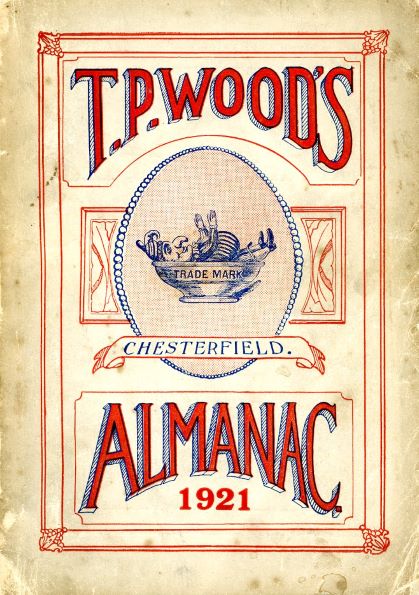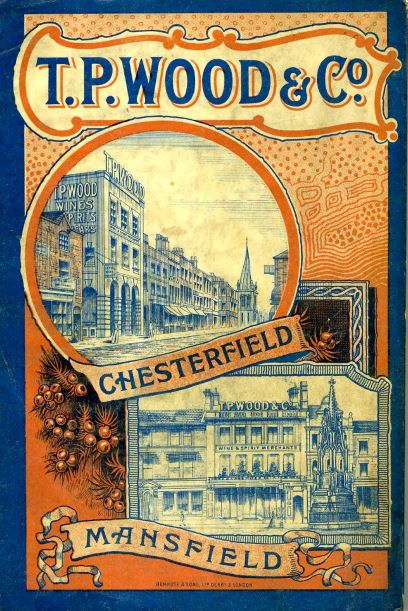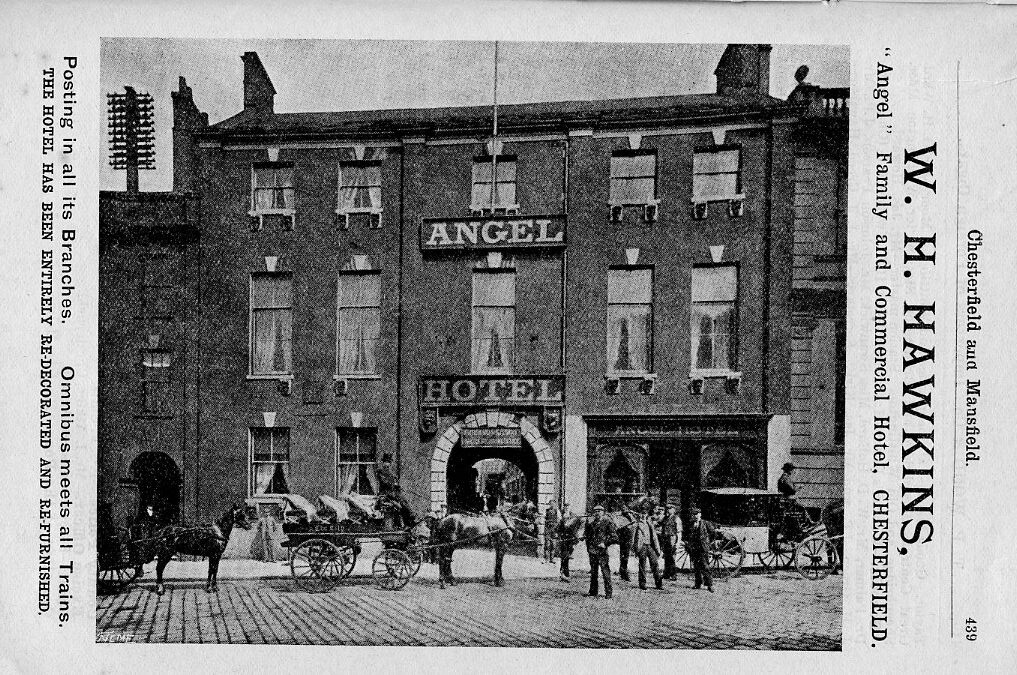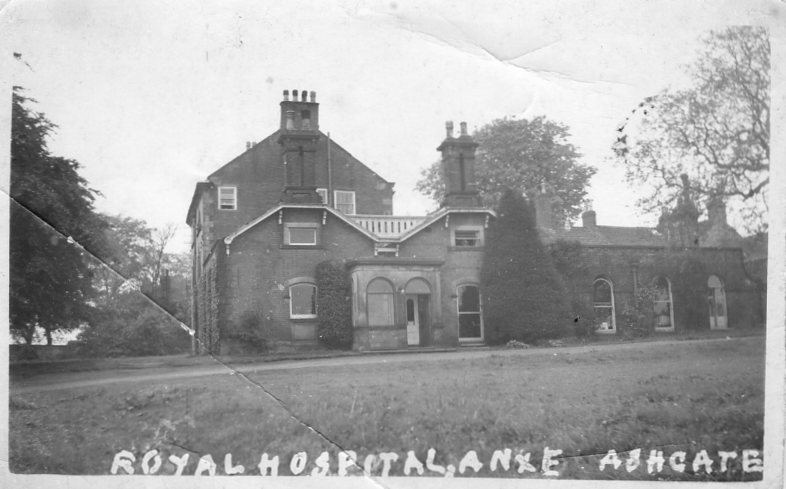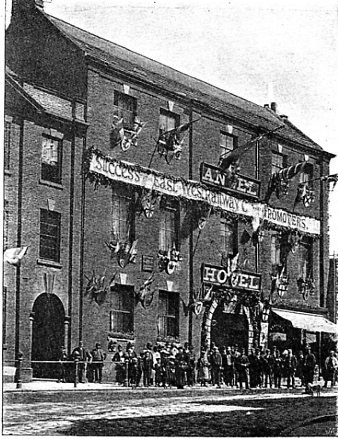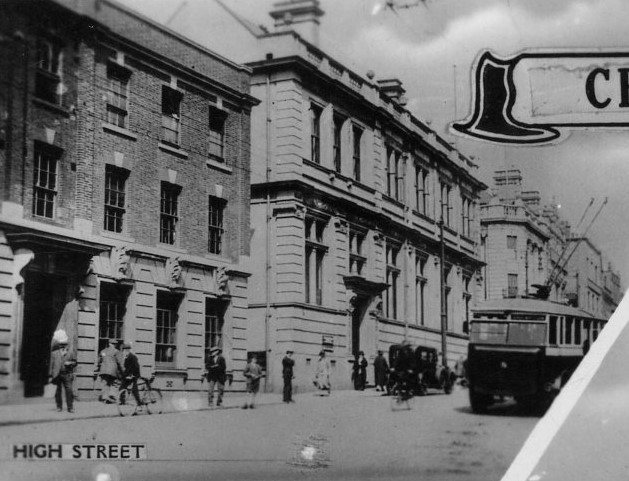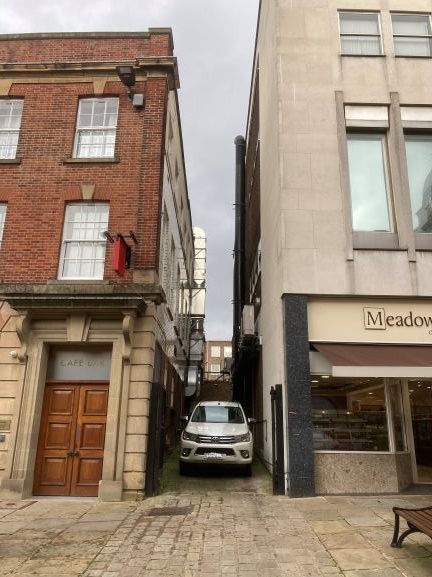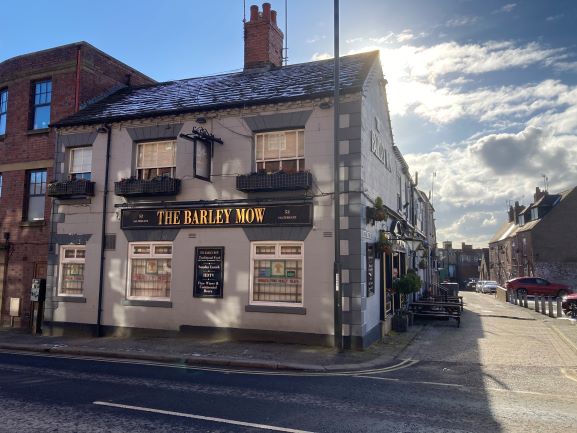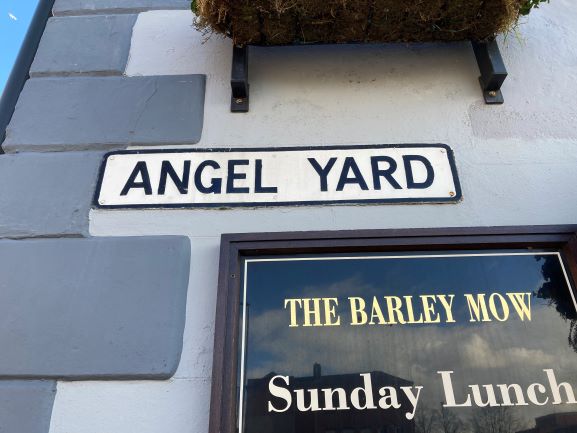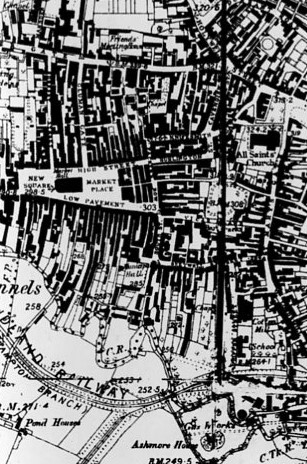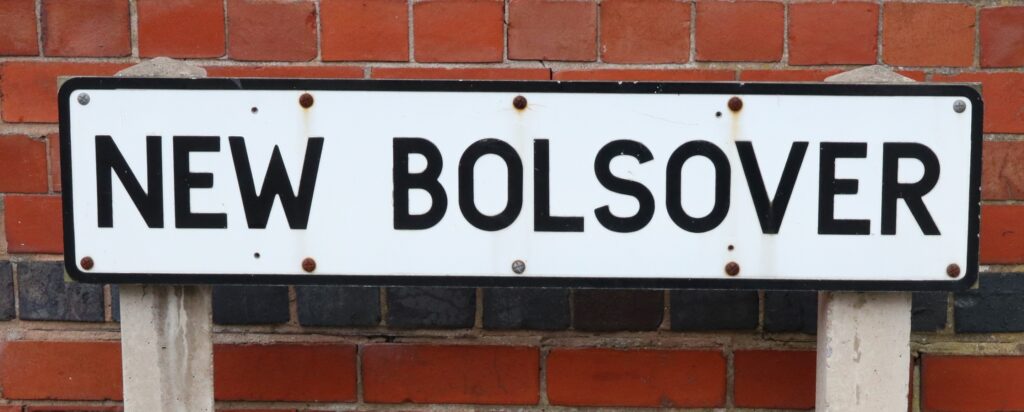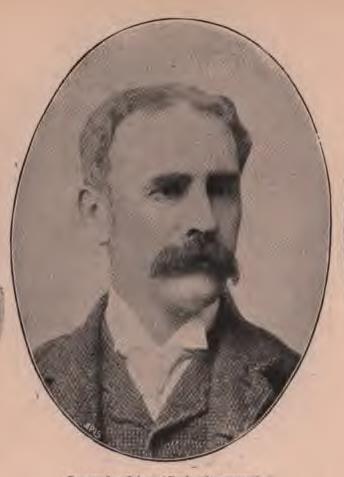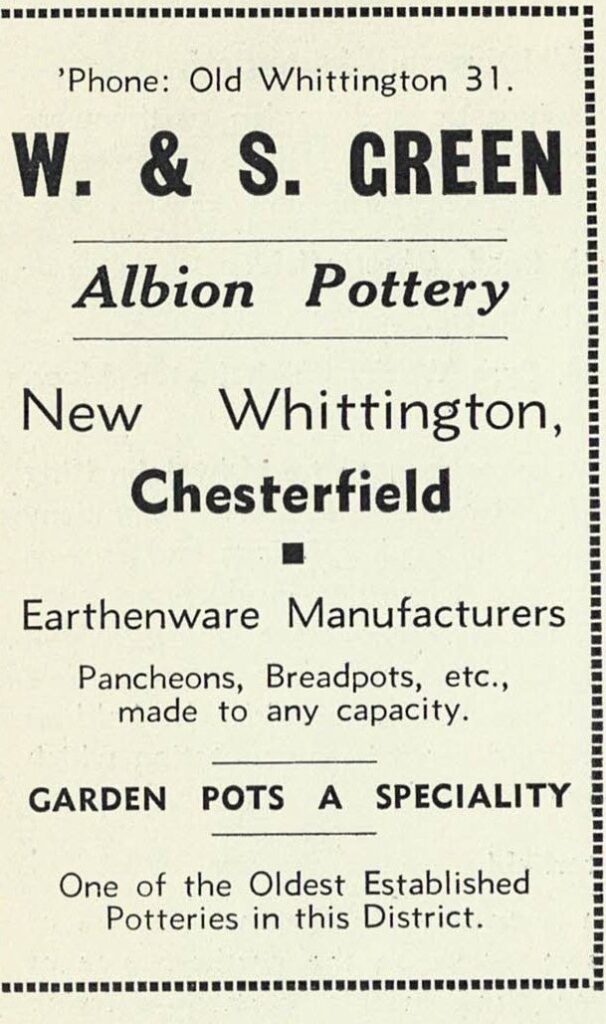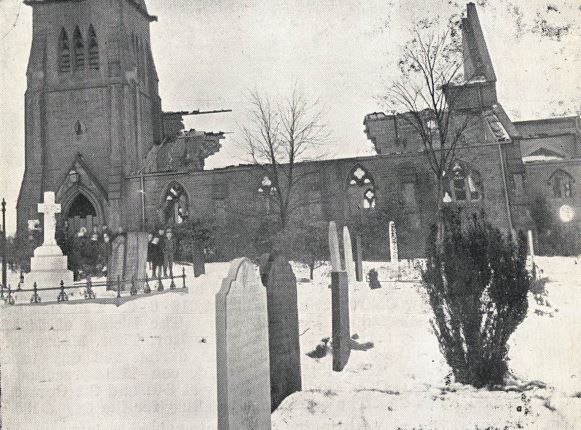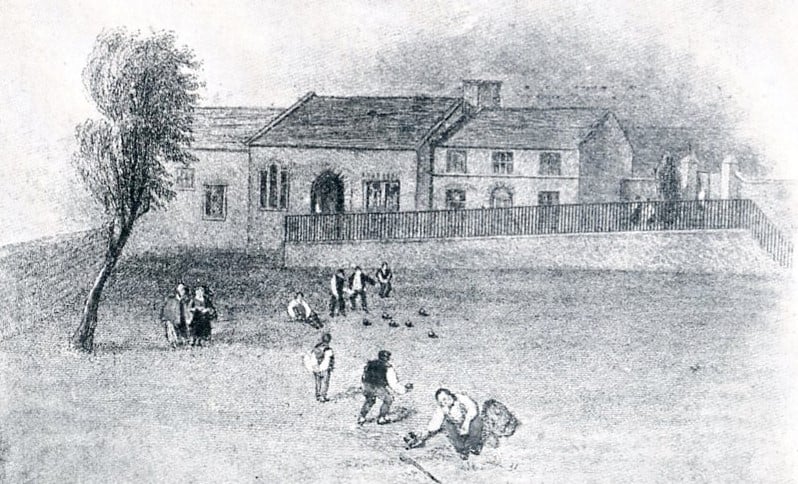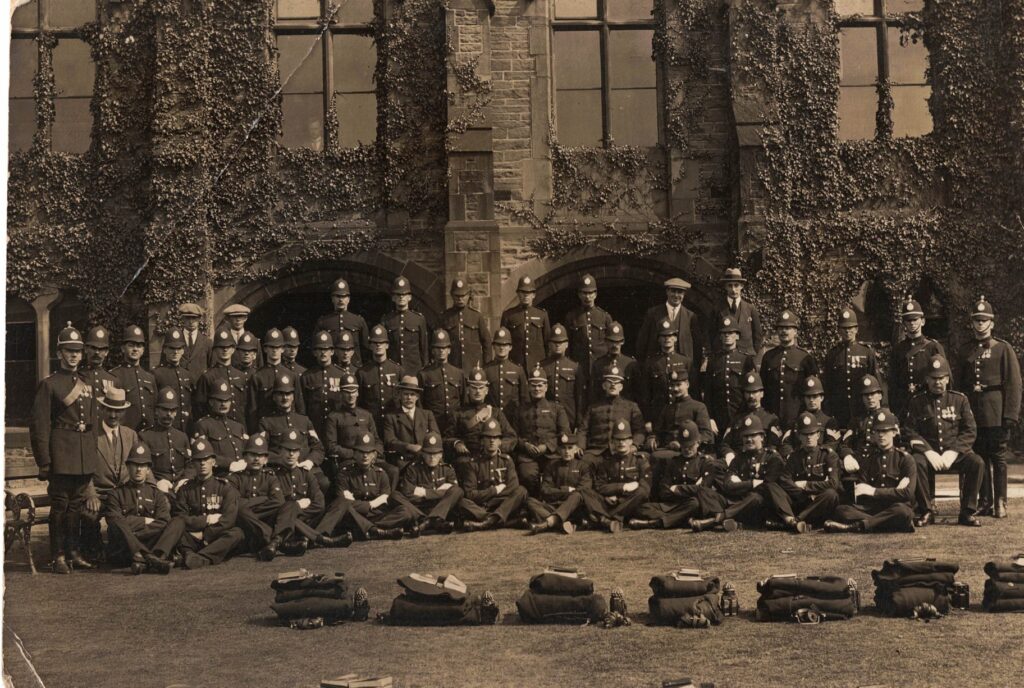Bolsover baths
We are still at Bolsover for this blog – and is anyone up for a swim? Unfortunately, if you are – you’re too late, for these baths were closed, controversially, in the late 1980s and demolished.

They were opened in 1925 on land given to the miner’s welfare committee fund by the duke of Portland, at the bottom of Castle Lane. Not only were there public baths, but the scheme also included public slipper baths (where, for those who had no bathroom, you could go and get one) and showers. The baths (there was one pool) could be boarded over for dances, concerts and meetings.
Our first photograph shows the baths, including the superintendent’s house, under construction. Our second the completed baths, both are courtesy of Bernard Haigh and featured in his ‘Around Bolsover’ book. The baths were certainly impressive. As recorded in our book ‘Bolsover: castle, town and colliery’ the town’s urban district council took a 25-year lease on the baths in 1925, at a nominal sum.
They were used by local people and those from further afield – particularly schools, who would be transported by the town’s Castle Coaches to and from the baths. (The writer of this post remembers being ferried from a Chesterfield area junior school to Bolsover and back in the late 1960s by Bolsover’s own Castle Coaches).
The interwar period was one of progress by Bolsover’s urban district council. They constructed council homes, provided improved parks, purchased the formerly private water undertaking (1923) and began to supply electricity (from 1927). A library was also established in the council offices, jointly with the county council, in 1925, before moving to a former Co-op branch in 1932, on Cotton Street.
